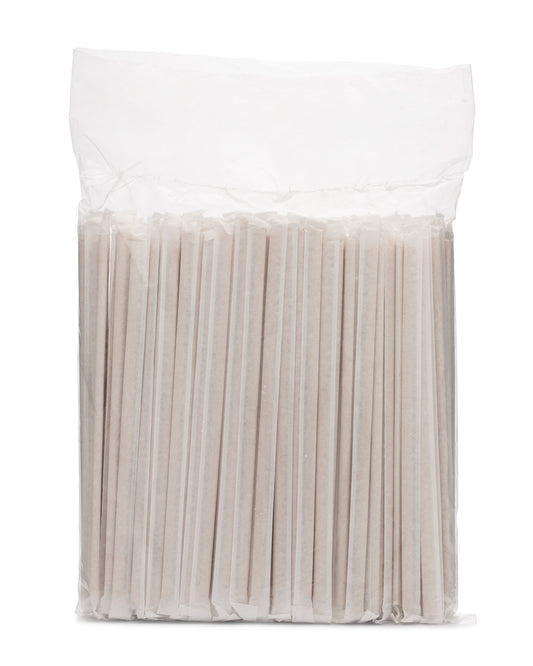
Deconstructing the Plastic Straw Ban: Effective or Overrated?
Share
When you go to a restaurant or, for that matter, any eatery or coffee shop, do you ask for a straw? Or refrain from using one? The great plastic straw ban of the 2010’s was supposed to hasten the demise of those pesky cylindrical fiends while promoting the goodwill of helping Mother Earth. However, as the saying goes: “The road to hell is paved with good intentions.” And as thousands of restaurants, consumers and states began to place bans and boycotts, the real devil in the details was always plastic. As in plastic bags, utensils, cartons -- overall plastic-use. (In fact, of all the 8 millions tons of plastic dumped yearly into the world’s oceans, only 0.025% are straws.)
Toss in what became consumer ‘slacktivism’ (a type of activism characterized by a lack of commitment or effort) where relatively anyone and everyone got on their soapbox to demonize plastic straw use, along with ‘greenwashing’ (a term that refers to environmental “solutions” whose appeal is based on appearing environmentally friendly rather than actually being so) by a vast majority of businesses, the move to eliminate plastic straws with paper (easily disintegratable), metal (rigid) or silicone (difficult to clean) along with a host of other ‘environmentally’ favorable straws, would ultimately prove impractical and futile.
Read on for more about what transpired in the great plastic straw ban and what the real culprit is (hint: it still involves plastic). But keep in mind: our PandaBoard straws not only offer a 100% plant-based, compostable alternative, but you can still have your straw and drink it too.
Did plastic straw bans work? Yes, but not in the way you’d think.






